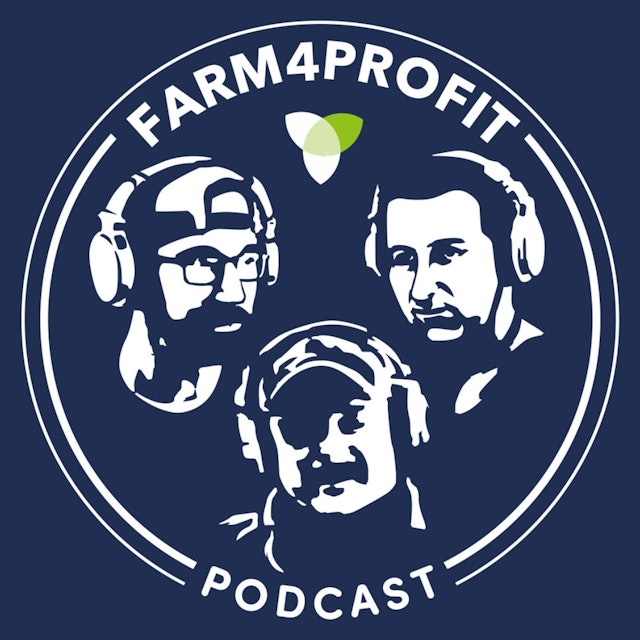- Commodity Prices are down. This will result in slightly lower MPCI premiums (15-20%), but it also means much lower per acre guarantees than it did in 2023. $200 an acre less on corn and $100 an acre less on beans. Unfortunately, input costs are about the same. I included a quick spreadsheet where I used ISU's estimated costs of production to come up with an implied level of MPCI coverage that would be needed to cover costs. You can see the big differences in '23 and '24 - it is not pretty.
- Any good crop insurance agent's first job is to find a level of coverage that can cover input costs. That was easy in '21-'23. In 2024, it will be impossible for a majority of farmers - especially if they are not willing to buy higher coverages. So we might be stuck just trying to come close to covering inputs. Farmer instinct's may be to back off of crop insurance in order to save a few bucks, but they really should be looking at more ways to keep losses to a minimum.
- So we might need to buy higher coverages. What are our options? 85%, SCO (86% county based), ECO (95% county based), and private (unsubsidized) add-on coverages. Folks who bought ECO on Corn in 2023 should be pretty happy. Prices fell enough that even counties with above average yields will be getting ECO payments. SCO and ECO have both grown in popularity over their short history and I think we will continue to see them grow in the coming years.
FMH also has a couple of add-on coverages that work in tandem with SCO or ECO that are pretty good values. They are called SCO+ and ECO+. I can really nerd out on these, but we may not want to get this deep.
- SCO is an economical way to buy up, but you can only have it when you have elected the PLC program at FSA. Both ARC and PLC programs are more relevant now than they were in the past several years. They are far from a crop insurance replacement, but they may come into play in 2024.
- High level MPCI products are not always needed for good risk management, but they are always a good value because of the subsidy. History proves farmers will get back more than they put in if they remain in the same programs long enough. This is true for all subsidized crop insurance plans.
- Private Products like Hail and Wind have not changed much and I don't know of any significant rate changes across the country.
- The use of precision data to report acres, production, and complete claims continues to grow. The typical farmer will reduce premium (FSA acres tend to be overstated) and grow APHs (Dividing the same production by fewer acres). Claims are also completed significantly faster.
- FMH itself has a unique story. We were founded as a mutual insurance company by a group of farmers in the late 1800s in Early, IA. They were frustrated with losing crops due to hail so they pooled together financial resources to be paid out to those who had the largest hail losses. The majority of board members and president at that time were from the same family - the Rutledge family. The Rutledge's still run the company today and have for the entire 130+ years.
This last bit seems odd given crop insurance is unique to the American Farmer, but a high majority of crop insurance companies (I think 11 out of the current 14) are run by larger reinsurers that are foreign entities. On the other hand FMH is a mutual owned by our private policyholders. So for this reason - we call ourselves "America's Crop Insurance Company."
I also thought of another good story from the playgrounds of Aurelia if you will allow me to indulge.
Podkasten Farm4Profit Podcast er innebygd på denne siden fra en åpen RSS feed. Alle filer, beskrivelser, illustrasjoner og andre metadata fra RSS-feeden tilhører podcasteieren og er ikke tilknyttet eller validert av Podplay.
